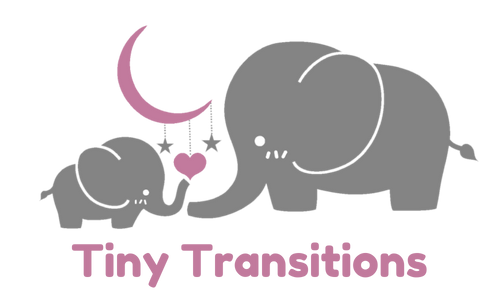Why is my breast milk different colors?
The color of breast milk can vary for a number of reasons and generally is not a cause for concern. Changes in breast milk color can result from diet, medications, or even the stage of lactation. Breast milk’s adaptability is one of its remarkable traits, reflecting changes in your diet and your baby’s needs. Most color variations are normal and safe for your baby.
Here’s an overview of what different colors might mean:
Yellow or Orange:
– Colostrum, the first milk produced, is often yellow, golden or orange due to its high levels of beta-carotene. Colostrum is the mother’s first form of milk that she produces. It’s anti-body packed and nutrient rich.
– Mature milk can also appear yellow if you consume foods rich in beta-carotene or other carotenoids (like carrots, sweet potatoes, squash).
– Taking certain supplements or medications, such as vitamins, can also cause yellowing.
– Freezing breast milk can also give it a yellow-ish hue.
Blue, Bluish-Gray, or clear:
– Foremilk, the milk that comes out at the beginning of a feeding, can appear bluish or even more clear because it’s lower in fat and higher in lactose compared to the thicker, creamier hindmilk that follows.
– Morning milk may also have a bluish tint.
Green:
– Often caused by consuming green foods, drinks, or supplements, such as spinach, seaweed, or large amounts of green-colored beverages or other food.
– Sometimes an excess of green leafy vegetables can have this effect.
– Consumption of certain supplements like Chlorella or Spirulina can sometimes cause green colored breast milk.
-Rarely, green milk could be caused by infection.
Pink, Red, or Rusty:
– Can be caused by a small amount of blood in the milk, commonly due to cracked nipples or “rusty pipe syndrome” (when the ductal system is starting up and has some leftover blood from pregnancy), which is generally harmless.
– Consuming naturally red foods (beets, cherries) can also cause breast milk to appear pink or red.
– Consuming foods or drinks with red or pink dyes can also result in these colors.
– Rarely, pink, red or rusty milk may signal Mastitis or another condition requiring medical attention.
-Milk that mostly appears white or yellow in color, with streaks of red/blood can also be a sign of Mastitis which requires medical attention.
Brown:
– May occur due to the presence of blood, often referred to as “rusty pipe syndrome,” especially in the early days of breastfeeding and typically resolves on its own.
– Old blood from a cracked nipple or a minor injury can have a brownish tint, similar to old bruising.
Black:
– Taking certain medications such as minocycline (an antibiotic) can cause black breast milk, which should be discussed with a healthcare provider. This is rare.
Is the color of my breast milk normal?
A color chart for normal breast milk colors would include almost all of the above colors as most colors can be explained by diet, medication, or stage of lactation. If your breast milk is one of the colors above, and you can’t explain it, or you are experiencing additional symptoms, that may not be considered normal. It’s better to ask the question, and be reassured either way.
When should I consult a Doctor about the color of my milk?
Most color changes are harmless and related to diet or natural variations of milk composition. However, please consult a Healthcare Provider (doctor, Lactation Consultant) if:
-You notice a sudden and unexplained change in color (especially pink, red, or black)
-A persistent change in color (especially pink, red, or black)
-A color change accompanies other symptoms in your baby
-In addition to the color change, you are also experiencing pain, discomfort, and/or fever. These could indicate an infection like Mastitis. Mastitis is an infection/inflammation of the breast tissue.
Again, in most cases, variations in breast milk color are due to benign factors and do not affect the milk’s quality or safety for the baby.


